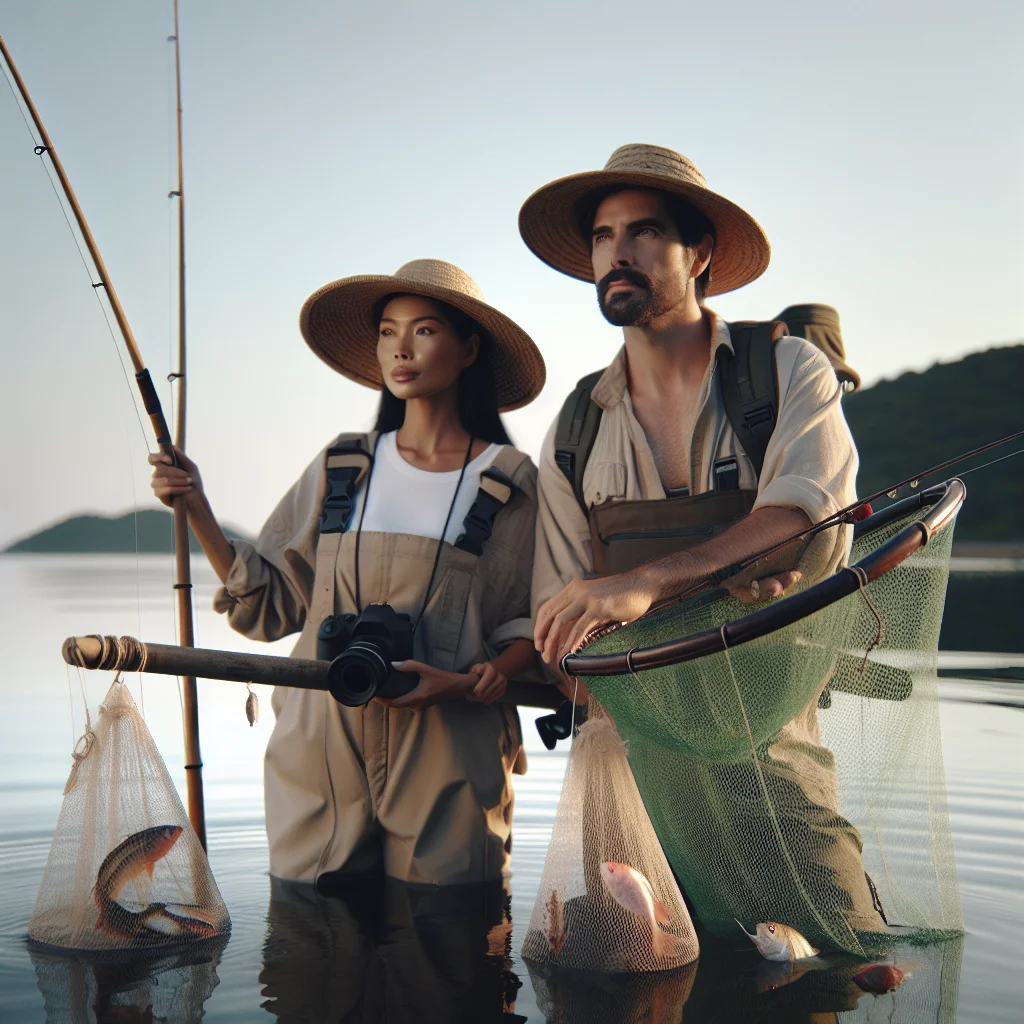Embracing Eco-Friendly Fishing Techniques for a Sustainable Future
April 18, 2025

Fishing is not just a hobby; it is a way to connect with nature and enjoy the serenity of water bodies. However, as fishing enthusiasts, it is our duty to preserve these beautiful ecosystems for future generations. In this article, we will delve into sustainable fishing practices, offering you actionable insights that make your fishing trips enjoyable while safeguarding aquatic life.
Understanding Sustainable Fishing Practices
Sustainable fishing is all about maintaining the balance between fishing activities and the health of fish populations and aquatic environments. This is particularly crucial as overfishing and environmental degradation threaten fish stocks and ecosystems worldwide. By adopting sustainable practices, anglers can minimize their impact on these vital resources.
In essence, sustainable fishing involves:
- Selecting the Right Gear: Use fishing gear designed to be less harmful to marine life and habitats.
- Following Regulations: Adhere to local fishing guidelines that protect vulnerable species.
- Practicing Catch and Release: Safely returning fish to their habitat helps preserve future populations.
Sustainable Fishing Techniques
1. Selective Gear Usage
One of the cornerstones of sustainable fishing is choosing the right gear. Opt for environmentally friendly tackle, such as barbless hooks, which reduce the risk of injury to fish. Additionally, use nets that minimize bycatch—the unintentional capture of non-target species.
For instance, when targeting carp, consider using a mesh net that allows smaller fish to escape unharmed. By doing so, you help maintain local fish populations and avoid disrupting the ecological balance of the water body.
2. Know Your Local Regulations
Each fishing region has its own regulations designed to protect aquatic ecosystems. Before you head out, familiarize yourself with size limits, seasonal regulations, and breeding times for local fish species. These rules are intended to prevent overfishing and safeguard vulnerable populations.
To illustrate, many rivers and lakes have closed seasons for spawning species like carp. Respecting these regulations not only contributes to sustainability but enhances the experience by promoting healthier fish stocks for future outings.
3. Catch and Release Practices
Catch and release fishing is one of the most effective ways to promote sustainability. To practice this method effectively, follow these guidelines:
- Use Proper Gear: Ensure you have appropriate tackle and nets designed for catch and release. Avoid using heavy gear, as it can cause more stress to fish during capture.
- Minimize Time out of Water: Keep fish in the water as much as possible, taking quick photos for memories while avoiding prolonged exposure to air.
- Handle with Care: Wet your hands before touching fish to protect their slime coating and use needle-nose pliers to remove hooks effectively.
These practices ensure that fish can recover from the experience and continue to thrive in their natural habitats.
4. Practice Conservation Techniques
Participate in local conservation efforts—such as river cleanups and habitat restoration projects—to mitigate your fishing impact. Engaging in these initiatives helps preserve the aquatic environments you enjoy.
Furthermore, consider supporting organisations focused on sustainable fishing. Several advocacy groups work tirelessly to implement policies that protect fishing areas and battlegrounds against pollution and overfishing.
5. Choose Sustainable Seafood
When you’re not fishing, opt for sustainably sourced seafood to help reduce the demand for overfished species. Look for certifications from organizations like Marine Stewardship Council (MSC) or the Aquaculture Stewardship Council (ASC). These labels indicate that the seafood was sourced through environmentally friendly practices.
By making responsible seafood choices, you help maintain healthy fish populations in the oceans and lakes.
Benefits of Sustainable Fishing
Engaging in sustainable fishing not only protects ecosystems but also enriches your own fishing experience. By being mindful of your practices, you help in:
- Preserving biodiversity
- Enhancing ecological restoration efforts
- Increasing future fishing opportunities
- Supporting local economies by promoting sustainable tourism and fishing
Additionally, sustainable practices improve the quality of your catch. Healthy ecosystems support healthier fish populations, resulting in bigger, more robust fish for you to enjoy.
Conclusion
Sustainable fishing practices are essential for ensuring the longevity of our aquatic ecosystems. By adopting eco-friendly techniques, following local regulations, and promoting catch and release methods, anglers contribute to the health of fish populations and the preservation of natural habitats. While fishing remains a cherished activity, embracing sustainable practices ensures that this beloved sport can be enjoyed by future generations. As you embark on your next fishing adventure, remember that every effort counts in making a positive impact on our environment.
Back